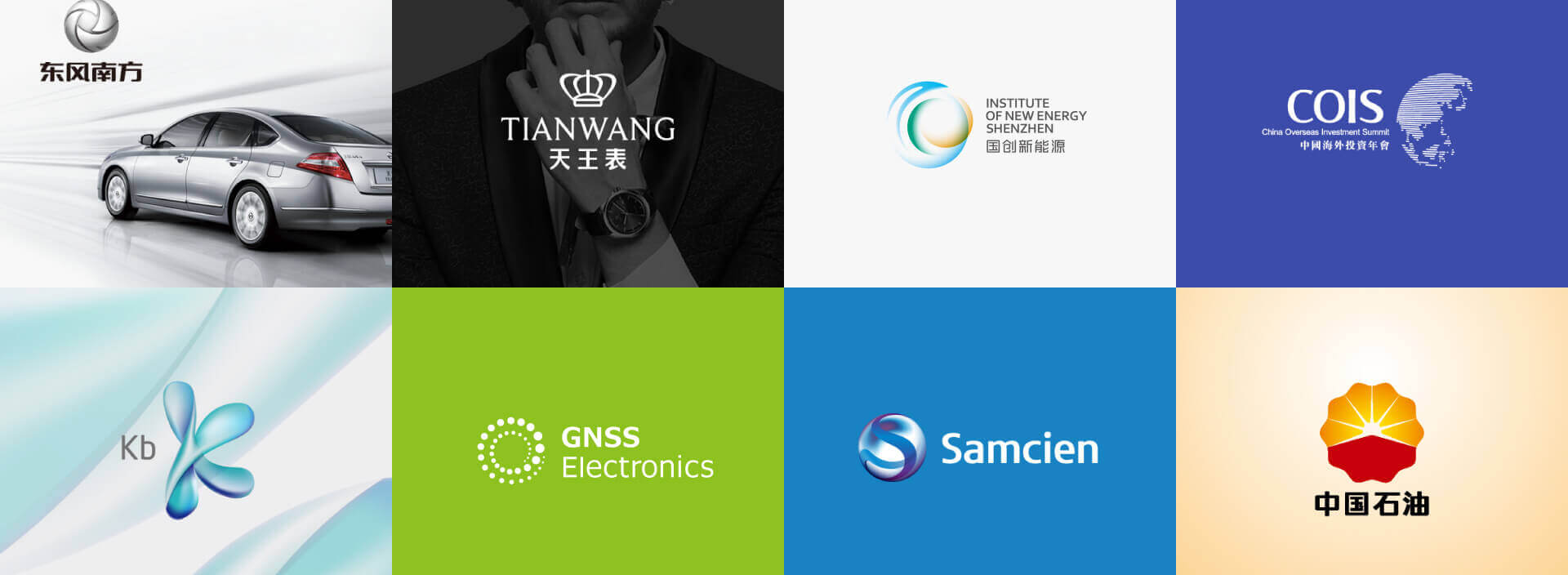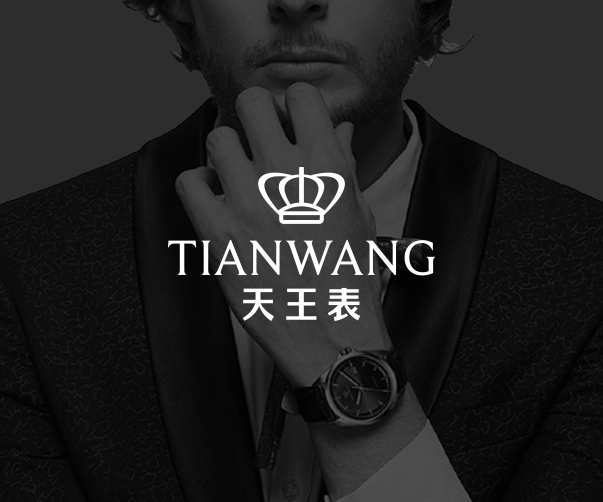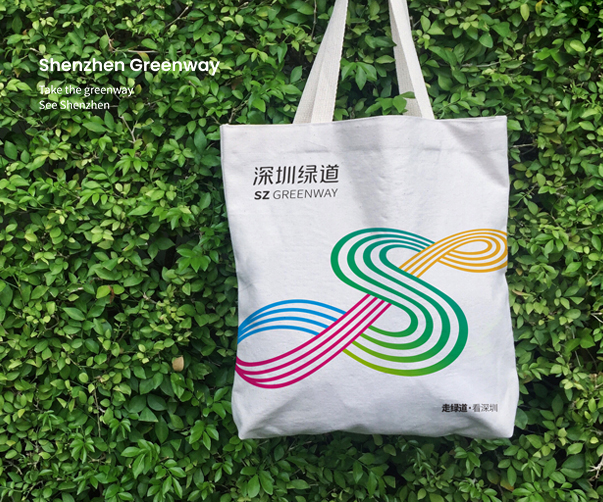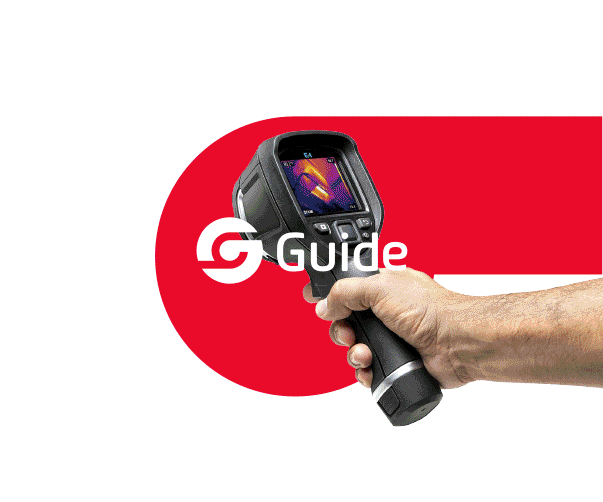如何通过VI品牌设计塑造独特的品牌形象?

VI(Visual Identity)品牌设计是企业在市场中塑造独特的品牌形象的重要手段之一。通过VI品牌设计,企业可以传达出自己独特的价值观和理念,建立与消费者之间的情感联系,提高品牌的认知度和忠诚度。本文将从几个方面探讨如何通过VI品牌设计塑造独特的品牌形象。
1. 规划品牌定位
VI品牌设计的第一步是规划品牌定位。品牌定位是企业在市场中与竞争对手区分开来的重要基础。企业需要明确自己的目标受众、竞争优势和市场定位,在此基础上确定品牌的核心理念和品牌的个性特征。
2. 设计品牌标志
品牌标志是企业最重要的视觉元素之一,它是品牌形象传递的主要载体。通过VI品牌设计,可以设计一个独特的、有辨识度的品牌标志,以此来区分自己与竞争对手。在设计品牌标志时,需注意保持简单明了、易于辨识的原则,同时应该与企业的定位和品牌理念相符合。
3. 规范使用色彩与字体
色彩和字体是VI品牌设计的重要组成部分。适当选择色彩和字体可以为品牌形象提供更加鲜明和独特的特点。在选择色彩时,可以根据企业的定位和所处行业来确定主色调和辅助色调;在选择字体时,要考虑字体的视觉效果和字体的表达力,选择与品牌属性相匹配的字体。
4. 制定标准使用手册
制定VI标准使用手册是确保品牌形象一致性的重要措施。VI标准使用手册应该包括品牌标志的正确使用方式、色彩和字体的规范使用方法、品牌形象的传达方式等内容。通过制定标准使用手册,可以确保不同部门和合作伙伴在使用品牌形象时保持一致。
5. 创造独特的品牌体验
VI品牌设计不仅仅局限于视觉元素,还包括品牌声音、品牌文字和品牌行为等方面。通过创造独特的品牌体验,可以帮助消费者更好地认知和记忆品牌。企业可以通过广告、包装设计、店面陈设等方式,创造出与竞争对手不同的品牌体验,提升品牌形象的独特性。
6. 保持品牌一致性
VI品牌设计的最终目标是形成一个稳定而连贯的品牌形象。为了保持品牌一致性,企业需要在各个渠道和场景中保持视觉元素的一致性,包括官方网站、产品包装、广告宣传等。同时,也需要在品牌声音、品牌文字和品牌行为上保持一致,确保消费者对品牌形象的认知是连贯的。
通过以上几个方面的努力,企业可以通过VI品牌设计塑造独特的品牌形象。一个独特的品牌形象不仅可以提高企业在市场中的竞争力,还可以与消费者建立情感联系,提高品牌的认知度和忠诚度。因此,对于企业来说,VI品牌设计是一个非常重要的策略。
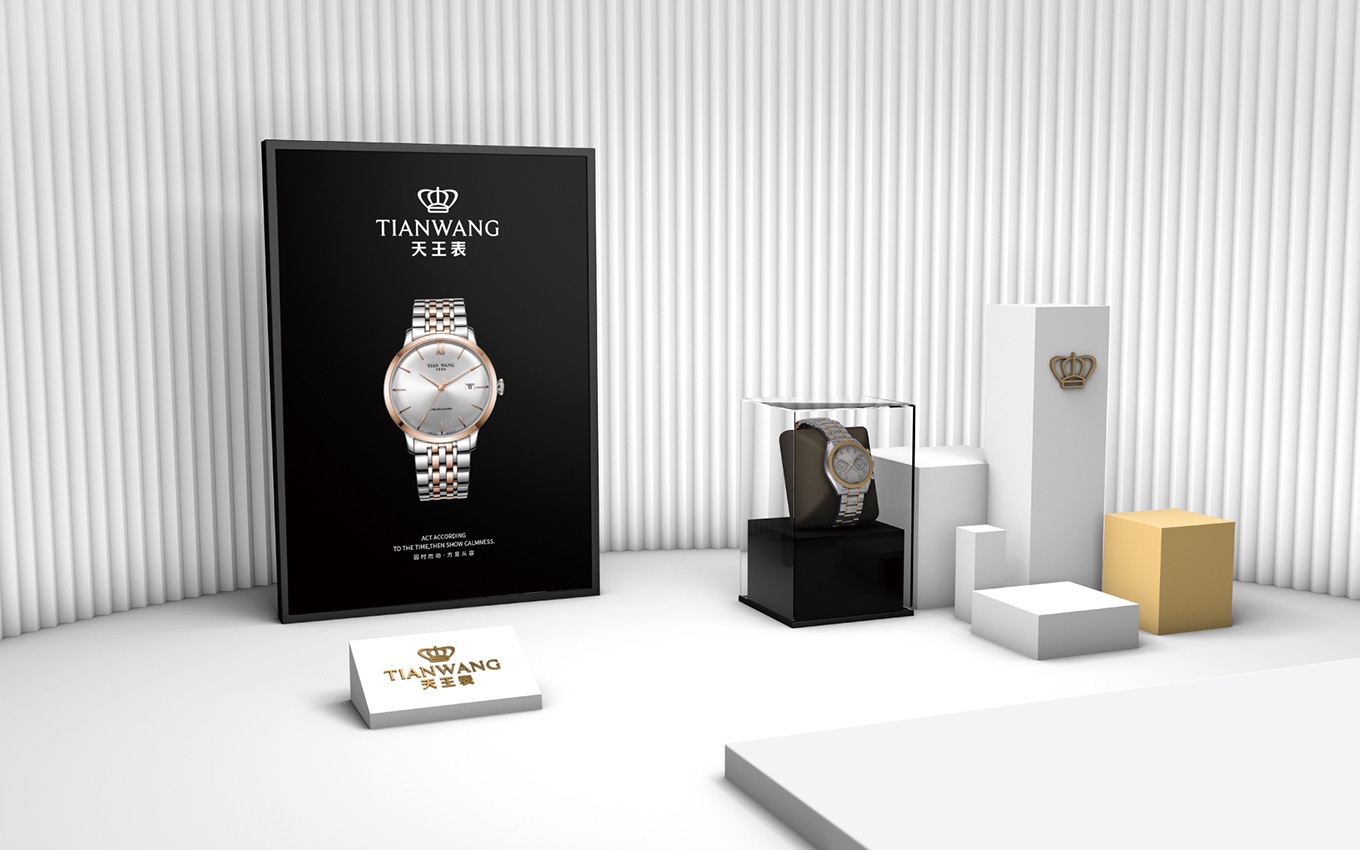
配图为上海vi设计公司作品
1. The Importance of VI Brand Design
VI brand design plays a crucial role in shaping a unique brand image. VI, which stands for Visual Identity, encompasses all visual elements that represent a brand, including logos, colors, typography, and graphic elements. A well-designed VI can help a brand stand out from its competitors, attract target customers, and convey the brand's personality and values effectively.
2. Understanding Your Brand Identity
Before embarking on the VI brand design process, it is essential to have a clear understanding of your brand identity. This involves defining your brand's purpose, mission, target audience, and unique selling proposition. A strong brand identity serves as the foundation for designing a unique VI that aligns with your brand's values and resonates with your target customers.
3. Elements of an Effective VI Brand Design
When designing a VI, several elements should be considered to create a cohesive and impactful brand image:
a) Logo: The logo is the most prominent visual element of a brand's VI. It should be distinctive, easily recognizable, and reflective of the brand's identity. The choice of colors, typography, and graphic elements in the logo should align with the overall brand image.
b) Color Palette: Colors evoke emotions and have a significant impact on brand perception. Choosing a cohesive color palette that reflects your brand's personality and resonates with your target audience is crucial. The color palette should be used consistently across all brand touchpoints.
c) Typography: Typography plays a vital role in effectively communicating your brand's message. The choice of fonts should align with your brand's personality and target audience. Consistency in font styles and sizes enhances brand recognition and legibility.
d) Graphic Elements: Graphic elements such as patterns, illustrations, or icons can add visual interest and enhance brand recognition. These elements should be unique, cohesive, and align with your brand's values and target audience.
e) Brand Guidelines: Creating concise and comprehensive brand guidelines ensures consistency in the use of VI elements across different mediums. The guidelines should include specifications for logo usage, color codes, font styles, and graphic elements, helping maintain a consistent and cohesive brand image.
A well-executed VI brand design not only enhances brand recognition but also cultivates trust and loyalty among customers. It is a powerful tool for building a strong and unique brand image that differentiates your brand from competitors and resonates with your target audience.
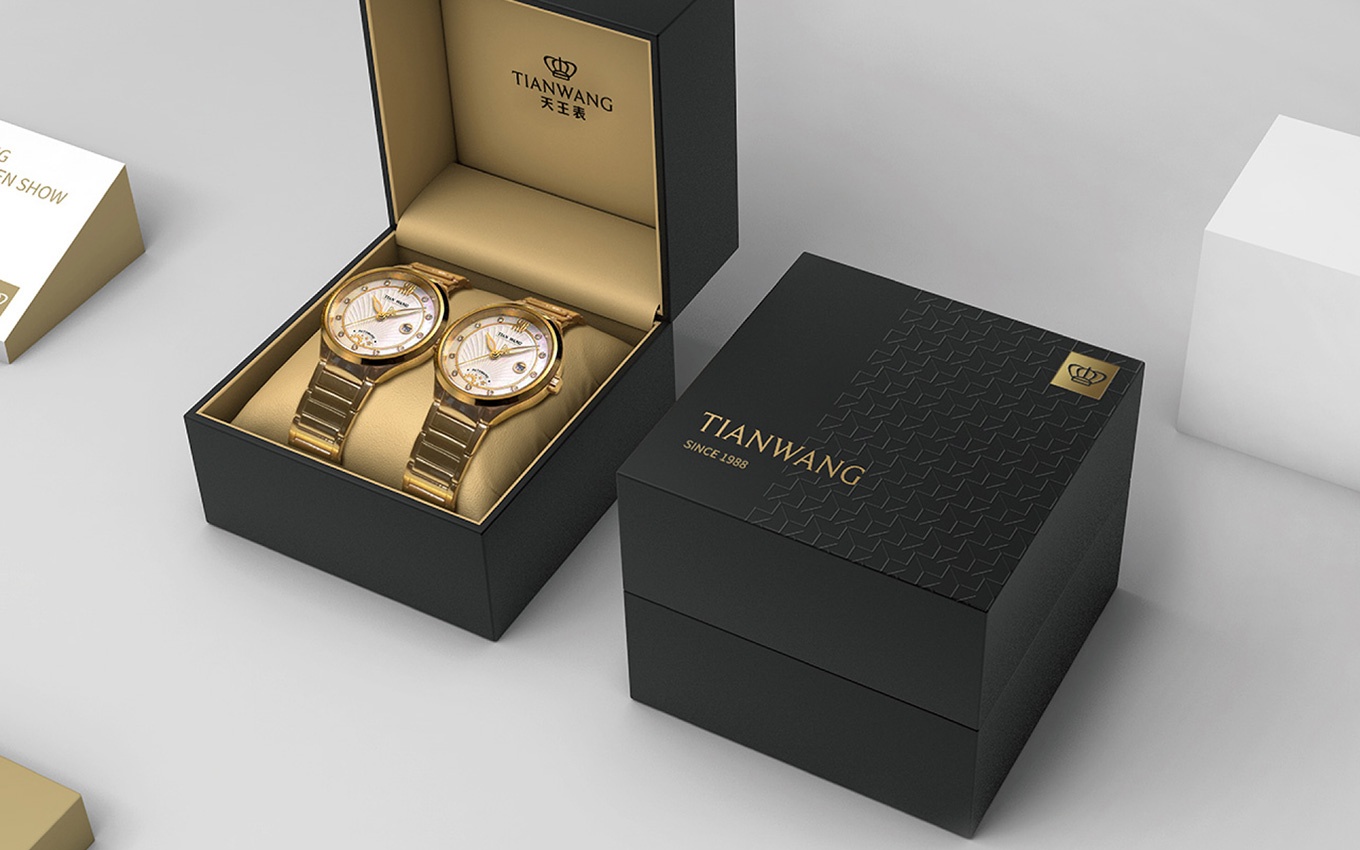
配图为上海vi设计公司作品


